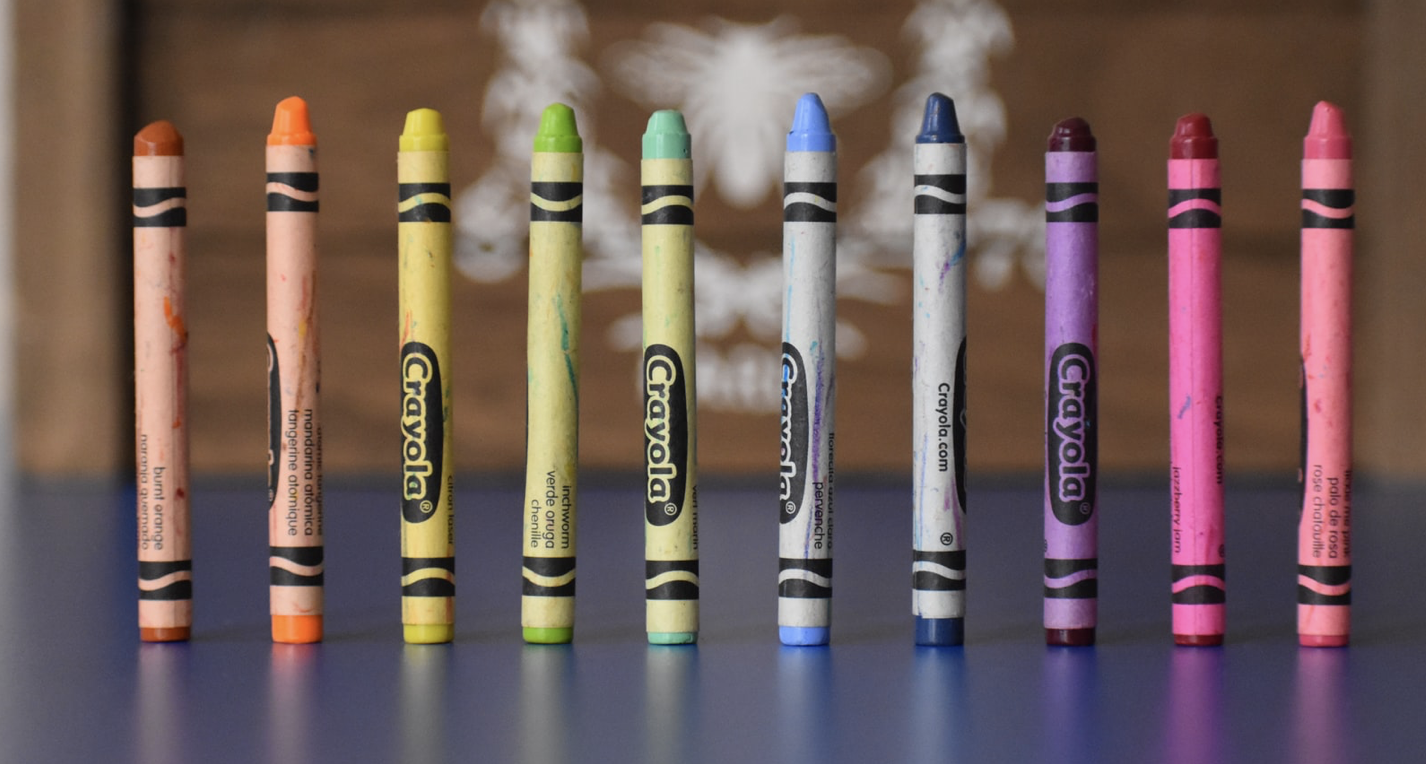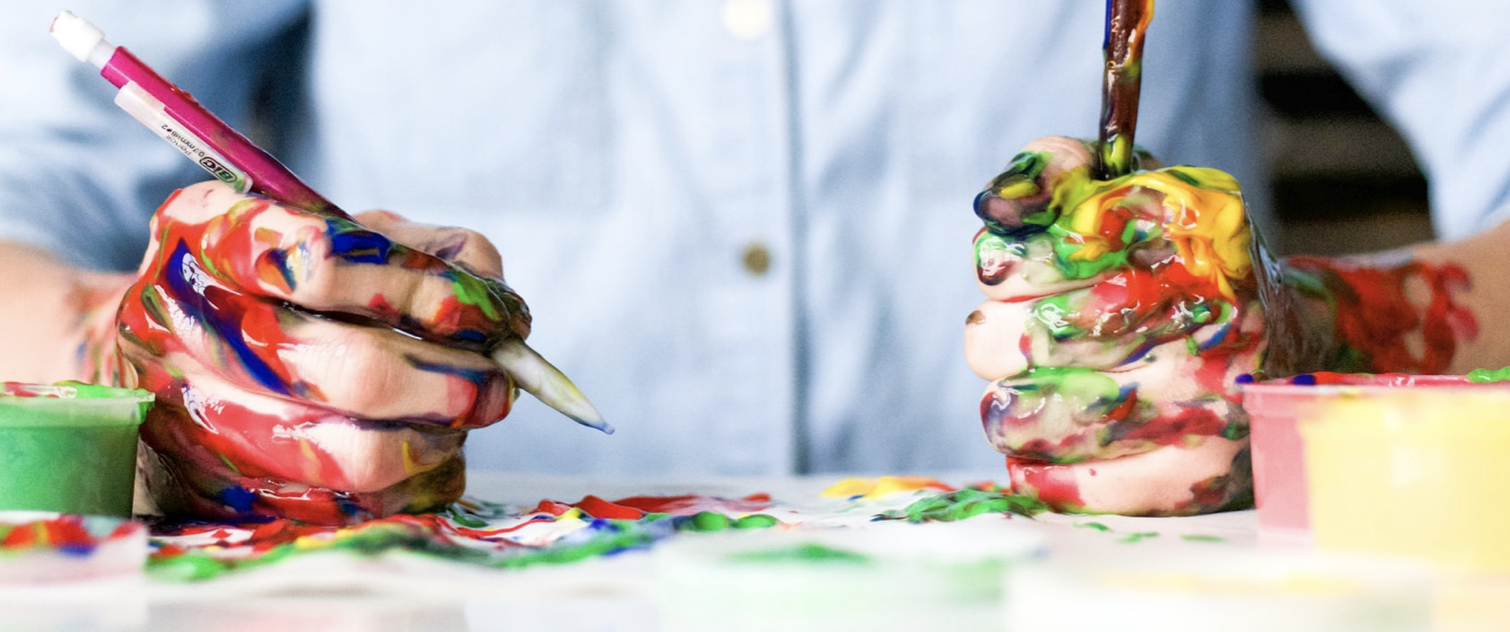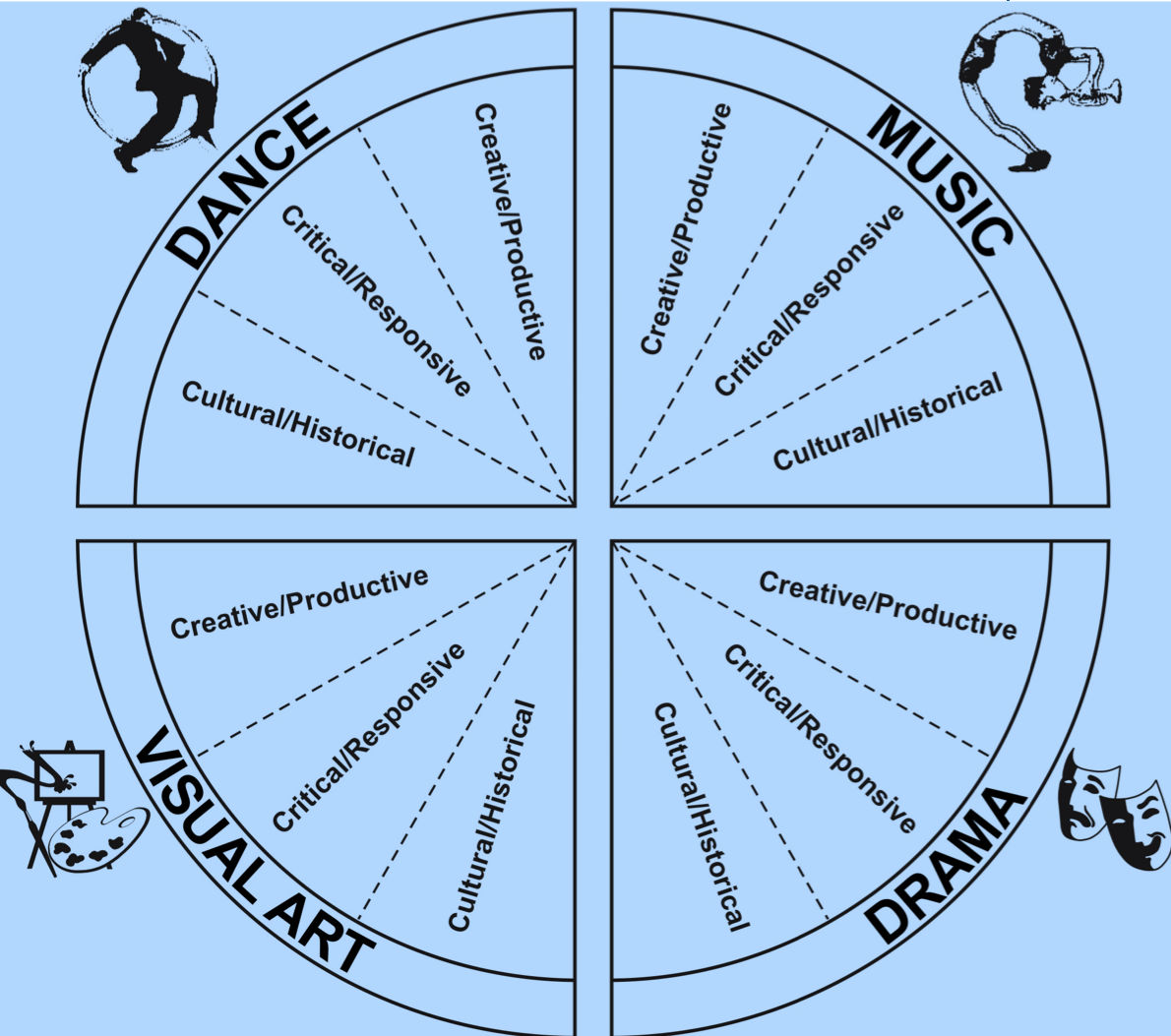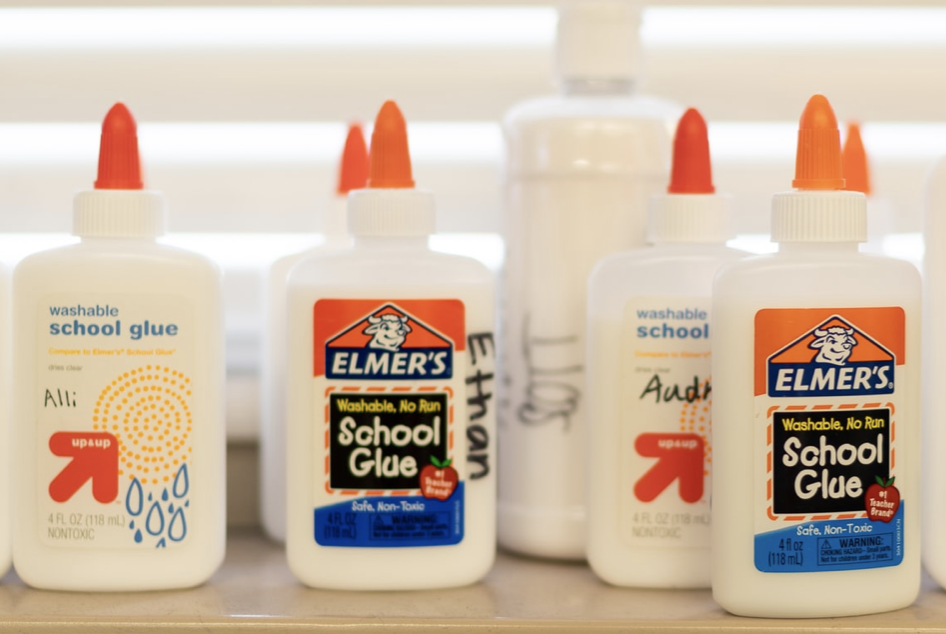
Arts education is a Required Area of Study in Saskatchewan’s Core Curriculum. The provincial requirement for Elementary Level Arts Education is 200 minutes of instruction per week for the entire school year
The arts education curriculum has been designed to address the learning needs of all students in the province.
The curriculum allows for both disciplinary and interdisciplinary studies. To achieve deep understanding of the arts, and fully appreciate the arts throughout life, students need to study content and processes that reside at the core of each of the four strands: dance, drama, music, and visual art. The term “arts” includes fine arts, popular arts, traditional arts, commercial arts, functional arts, and interdisciplinary arts with the understanding that there is overlap among categories as is the case in contemporary arts practice.

This curriculum requires that all students have opportunities to develop their own creativity and learn about the innovative work of Saskatchewan’s arts community. Students are encouraged to partner with local arts and learning experts to immerse themselves in real- world creative processes and develop knowledge of Saskatchewan and Canadian arts expressions. These interactions help students to discover that artistic work is situated within personal, cultural, regional, and global contexts; embraces diversity and inclusion; and reveals distinct identities and a unique sense of place.
Student engagement depends on more than a charismatic teacher. The learning program must be relevant to students’ lives and interests, and co-constructed with students. This type of democratic interaction requires a shift in ownership of the learning program from a solitary teacher-delivered program to increased teacher-learner-community collaboration.
TIME REQUIREMENTS
Time Requirement for Kindergarten to Grade 5:Core Curriculum policy states that the time allotment for arts education at the Elementary Level is 200 minutes per week. The time allotted to each strand is as follows:
Dance.......................... 50 minutes per week
Drama......................... 50 minutes per week
Music........................... 50 minutes per week
Visual Art.................... 50 minutes per week
Time Requirement for Grades 6-9:
Core Curriculum policy states that the time allotment for arts education at the Elementary and Middle Level is 200 minutes per week. The time allotment to each strand is as follows:
Dance.......................... 50 minutes per week
Drama......................... 50 minutes per week
Music........................... 50 minutes per week
Visual Art.................... 50 minutes per week

The K-12 aim of the arts education curriculum is to enable students to understand and value arts expressions throughout life.
The K-12 goals are broad statements identifying what students are expected to know and be able to do upon completion of a particular area of study.
The three goals of arts education from Kindergarten to Grade 12 are:
-
Cultural/Historical (CH) - Students will investigate the content and aesthetics of the arts within cultural, historical, and contemporary contexts and understand the connection between the arts and the human experience.
This goal focuses on the role of the arts in various cultures, the development of the arts throughout history, and the factors that influence contemporary arts and artists. It includes the historical development of dance, drama, music, and visual art within its social, cultural, and environmental context. In addition, the goal includes learning about the arts in contemporary societies, popular culture, and interdisciplinary forms of expression. The intent is to develop students’ understanding of the arts as important forms of aesthetic expression, and as records of individual and collective experiences, histories, innovations, and visions of the future.
-
Critical/Responsive (CR) - Students will respond to artistic expressions of Saskatchewan, Canadian, and International artists using critical thinking, research, creativity, and collaborative inquiry.
This goal enables students to respond critically and imaginatively to images, sounds, performances, and events in the artistic environment, including the mass media. Students become participants in the interactive process between artist and audience rather than passive consumers of the arts. Several processes are provided to help teachers guide discussion and encourage various responses to works of art; for example, visual art works, musical compositions, or dance and drama performances. The processes are intended to move students beyond quick judgement to informed personal interpretation, and can be used with each of the four strands and interdisciplinary works. These processes are described in “Responding to Arts Expressions”, located on the Ministry of Education website. The intent of this goal is also to ensure that students are actively engaged with artists in their own communities and recognize that the arts are integral to the lives and cultures of every community.
-
Creative/Productive (CP) - Students will inquire, create, and communicate through dance, drama, music, and visual art.
This goal includes the exploration, development, and expression of ideas in the language of each strand or art form. Each art form involves students in different ways of thinking, inquiring, and conveying meaning. Each form involves students in creative processes and different means of inquiry that require students to reflect on big ideas, and investigate compelling questions using the language, concepts, skills, techniques, and processes of that discipline. In order for an activity to be creative, students must be engaged in critical thinking, observation and other forms of research, active exploration, and creative problem-solving processes. Students learn where ideas come from, and how ideas can be developed and transformed in each art form. Documentation is also an important part of the creative process, and can be used for purposes of idea development and refinement, assessment, and sharing learning with others. Reflection, both ongoing and summative, is an essential part of every creative process, and allows students to assess and evaluate their continued growth in their creative endeavours.

CONCEPTUAL FOCUS FOR EACH GRADE
To support inquiry into some of the ‘big ideas’ of interest to contemporary artists in all disciplines, and to provide meaningful contexts for inquiry, a different conceptual focus has been identified for each grade. Each focus allows for purely disciplinary and/or interdisciplinary teaching and learning. The focus serves as a higher- level conceptual organizer rather than relying on a narrower topic- oriented structure.THE FOCUS FOR EACH GRADE IS AS FOLLOWS:
*All information above is from the Saskatchewan Curriculum Website*